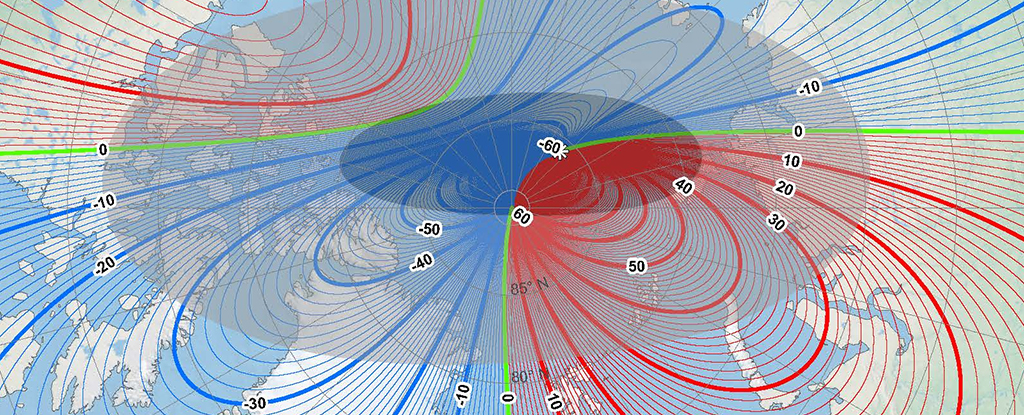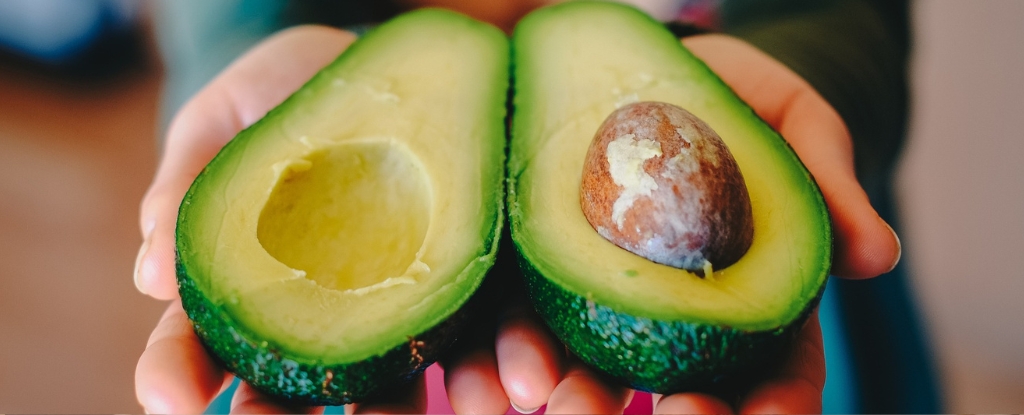
Nevada Asked A.I. Which Students Need Help. The Answer Caused an Outcry.
The new system cut the number of students deemed “at risk” in the state by 200,000, leading to tough moral and ethical questions over which children deserve extra assistance.
Nevada has long had the most lopsided school funding in the country. Low-income districts there have nearly 35 percent less money to spend per pupil than wealthier ones do — the largest gap of any state.
A year ago, Nevada set out to improve on that dubious status with some help from artificial intelligence provided by an outside contractor. Instead, it set off an uproar.
The A.I. system calculated that the state’s previous estimate of the number of children who would struggle in school was far too high. Before, Nevada treated all low-income students as “at risk” of academic and social troubles. The A.I. algorithm was more complex — and set a much higher bar.
It weighed dozens of factors besides income to decide whether a student might fall behind in school, including how often they attended class and the language spoken at home. And when the calculations were done, the number of students classified as at-risk plummeted to less than 65,000, from over 270,000 in 2022.
















